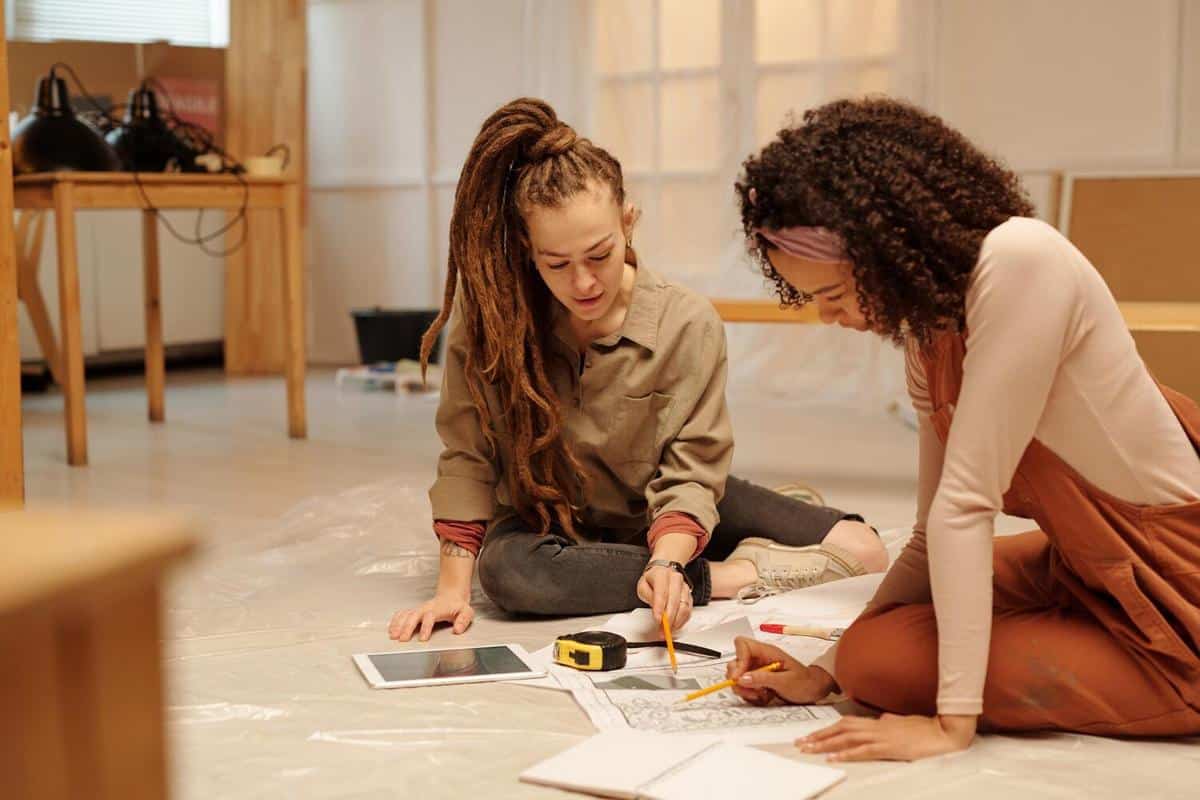
DIY Accent Walls: Transform Your Space
Finding new ways to personalize your home can be a rewarding venture, and DIY accent walls offer an exciting canvas to express your style and creativity.
Why Choose an Accent Wall?
An accent wall is more than just a splash of color; it’s a focal point that can transform the ambiance of any room. According to interior design expert Emily Henderson, “Accent walls are a simple way to add personality without overwhelming a space.” They allow for bold design choices that can be changed with minimal effort.
Types of Accent Walls
- Painted Walls: Quick and cost-effective.
- Wallpapered Walls: Offers intricate patterns and textures.
- Wood Paneling: Adds warmth and a rustic feel.
- Stone or Brick: Gives an industrial or earthy look.
Choosing the Right Wall
Picking the right wall to accentuate is crucial. Common choices include walls behind a bed, a fireplace, or in the dining area. Consider the room’s natural light and existing decor when making your choice.
Steps to Create Your Own Accent Wall
- Plan Your Design: Sketch or use design software to visualize your idea.
- Prepare the Wall: Clean and prime the wall if necessary.
- Apply Your Design: Whether painting, wallpapering, or attaching panels, follow the product instructions carefully.
Expert Tips
When using paint, opt for low-VOC options for a healthier home environment.
Cost and Materials
| Material | Average Cost (per sq ft) | Pros | Cons |
|---|---|---|---|
| Paint | $1-$3 | Easy to change, affordable | Limited texture |
| Wallpaper | $3-$7 | Variety of designs | Can be difficult to apply |
| Wood Panels | $5-$12 | Durable, adds warmth | Higher cost |
| Stone/Brick | $8-$15 | Unique texture | Heavy, expensive |
Frequently Asked Questions
What is the easiest material to use for a DIY accent wall?
Paint is generally the easiest material for a DIY project due to its simplicity and low cost.
Can I use an accent wall in a small room?
Yes, an accent wall can add depth and interest without overwhelming a small space, especially if you use lighter colors.
How do I remove wallpaper if I want to change my accent wall?
Use a wallpaper steamer or a solution of water and vinegar to loosen the adhesive before gently peeling off the wallpaper.
Conclusion
Transforming your space with a DIY accent wall is an excellent way to inject personality and style into your home. Whether you opt for paint, wallpaper, or another material, the possibilities are endless. Start planning your accent wall today, and watch your room come to life in a whole new way.


